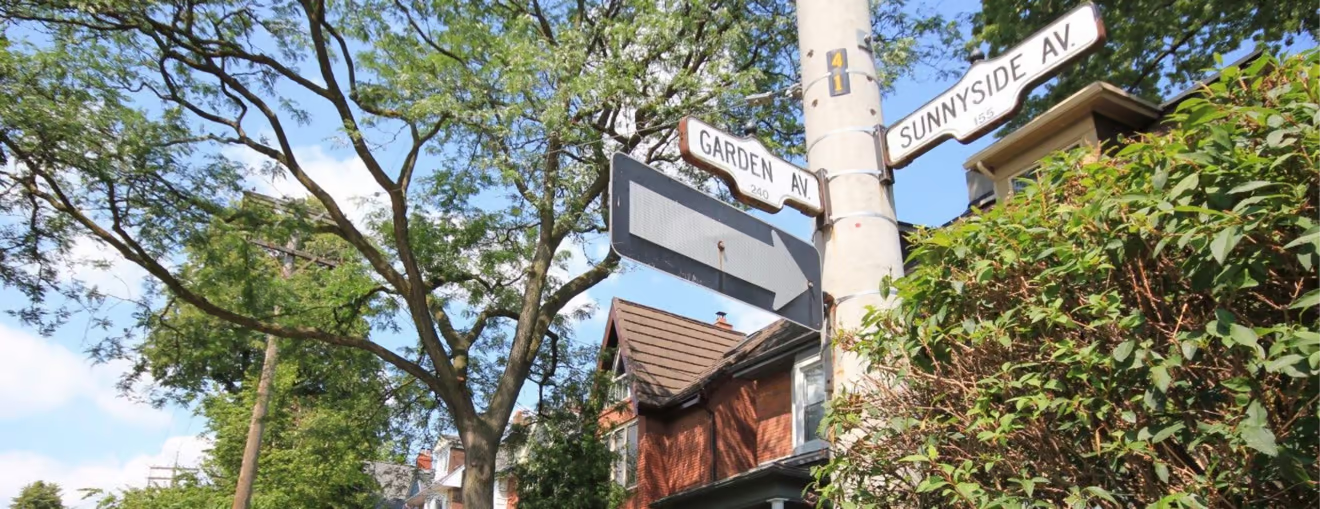March 8, 2022 | Buying
DON’T PANIC: 4 Facts To Know About Asbestos

No doubt you’ve heard the term “asbestos.” And if you’re like many homebuyers, it probably makes you want to turn and run. But the fact is, many homes built prior to the mid-1980s contain some form of asbestos—though it’s rarely visible, and a lot of the time it’s not harmful if it’s left undisturbed. If you are considering buying or live in an older home, there may be asbestos present. Don’t panic, it’s all part of the journey of living in an older home and enjoying the benefits of charm and history. Here’s what you should know!
1) Asbestos is more common than you think
Asbestos is a mineral fiber and it can be positively identified only with a special type of microscope – there are specialized labs which test for asbestos. In the past, asbestos was used often and added to a variety of products to strengthen them and to provide heat insulation and fire resistance. It’s use was significantly reduced in the 1970’s and homes build between 1920 -1970 most likely contain some form of asbestos either in the drywall, lath & plaster walls or ceilings, popcorn ceilings, old vinyl floor tile, wrapped around pipes, vent ducts, siding, etc.
2) It’s not always dangerous
The presence of asbestos in your home is not hazardous and often not something to worry about. The danger is that asbestos materials may become disturbed during a renovation or damaged over time, simply due to age or sloppy handy work. Damaged asbestos may release asbestos fibers and become a health hazard. Most people exposed to small amounts of asbestos, as we all are in our daily lives, will not develop health problems. However, if disturbed over a long period of time, asbestos material may release asbestos fibers, which can be inhaled into the lungs and lead to problems.
★ For more need to know real estate info check out:
- Open Permits: What Every Seller Should Know
- How To Win A Bidding War In Toronto
- How To Evaluate A Good Fixer-Upper
3) For peace of mind hire a pro to test your home
Often asbestos can’t be seen with the naked eye, however if there are visible signs in floor vents or pipes – especially with visible damage, you should have these areas tested and removed. If asbestos is in good shape and you are not planning to touch it, it often doesn’t need to removed. If you are overly cautious, bring in a team to test various areas of your home, including the attic as it may contain vermiculite insulation that is actually very dangerous. If you are planning a big renovation, it’s a good idea to hire an abatement specialist to come and take some samples and avoid any surprises or long renovation delays.
4) Professional asbestos removal is always required
Asbestos abatement should only be performed by a licensed and professional abatement team, trained in the removal of harmful materials. If damaged asbestos is discovered during an inspection or renovation, an abatement team will need to come and remove it before any renovation work can continue. This process can take one to several days (depending on how much was discovered) and cost several thousand dollars, deepening on the scope. Minor abatement such as floor vents costs approximately $150/ floor vent while removal of lath & plaster in an entire room could cost $4000 or more.
If you are planning a renovation of an older home, and asbestos is commonly found in these homes, it’s always a good idea to add a contingency budget for asbestos removal.
★ Check out these additional resources that are a must-read anyone buying a house in Toronto:
- Why You Should Take Advantage Of Your Buyer Visits
- Climbing The Toronto Property Ladder 101
- The Real Estate Debate: Should I Sell Or Buy First?

Buying or Selling in the West? We Can Help!
Thinking about making a move? Click here to get in touch and request a Buyer or Seller consultation.







